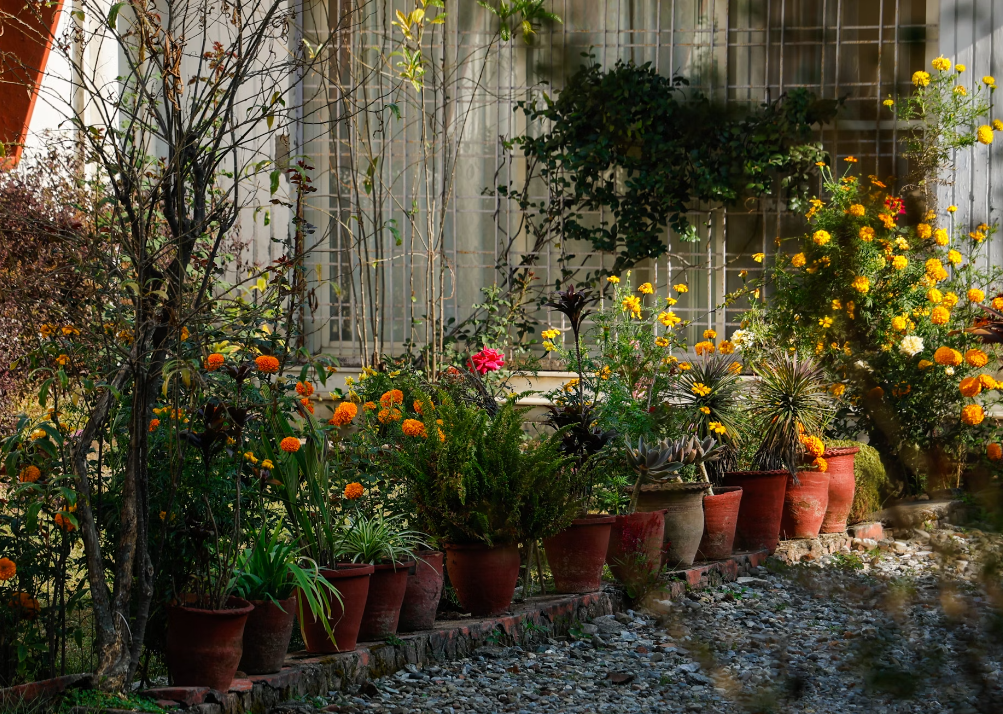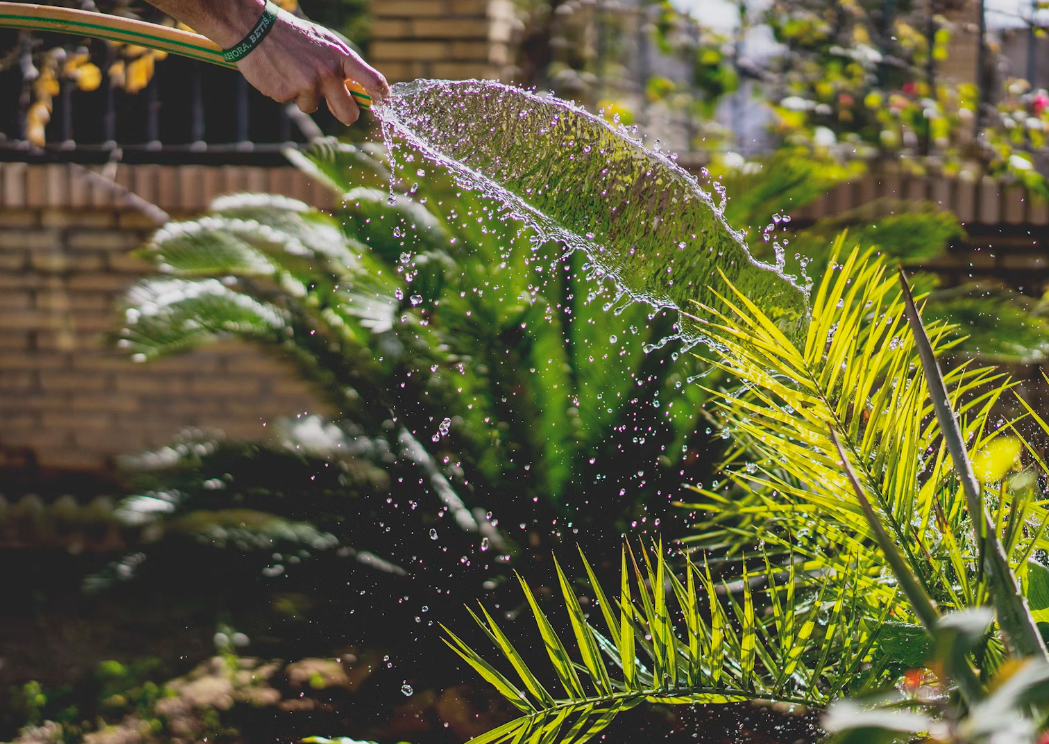Hi! Welcome to Flower Queen Hablamos Español
Call us at : (336) 291-8330
Gardening Tips for Growing Spring Blossoms
Gardens and landscapes experience joy and rebirth as a result of the brilliant colors, delicate fragrances, and pure beauty of spring flowers. Cultivating spring blossoms in your garden may be a wonderful experience, regardless of your gardening expertise level.

Spring blossoms are much anticipated by gardeners worldwide when winter disappears and the days lengthen and warm. Gardens and landscapes experience joy and rebirth as a result of the brilliant colors, delicate fragrances, and pure beauty of spring flowers. Cultivating spring blossoms in your garden may be a wonderful experience, regardless of your gardening expertise level. In this blog post, we'll share some essential spring flower gardening tips to help you grow a stunning display of spring blossoms that will brighten your outdoor space and lift your spirits.
Choose the Right Location:
Plant placement is important to spring gardening success. Most spring blossoms thrive in full sunlight, so choose a garden place with 6–8 hours of direct sunlight daily. To avoid water logging, root rot, and other issues, keep the soil well-drained. If you're unsure about your soil's drainage, ask your local Florists Greensboro NC for help and suggestions related to amending it with organic matter such as compost or peat moss to improve its texture and fertility.

Select the Right Plants:
Choose climate-appropriate plants for your spring garden. Some popular spring blossoms that you can order from Greensboro flower delivery include tulips, daffodils, hyacinths, crocuses, and flowering trees like cherry blossoms and magnolias. To make a pleasing garden show, consider each plant's bloom duration, height, and color. Furthermore, arrange a variety of flower varieties together to guarantee a constant bloom all spring long.
Prepare the Soil:
Before ordering and planting your spring blossoms through spring flower delivery Greensboro NC, prepare the soil to provide the best possible growing conditions for your plants. For better aeration and drainage, fork or till the soil. Remove weeds, pebbles, and debris that may hinder plant growth. Add compost, aged manure, or leaf mold to increase soil structure and fertility.
Plant Carefully:
To avoid injuring spring bloom roots, plant them lightly. The plant should be placed in a hole somewhat broader and deeper than its root ball at the same depth as in the nursery container. Backfill the hole and squeeze soil around the roots to eliminate air pockets. Water newly planted flowers thoroughly to settle the soil and promote root growth. Finally, mulch the plant bases to retain moisture, control weeds, and regulate soil temperature.

Provide Adequate Watering and fertilize regularly:
Proper watering is essential for the health and vitality of your spring flower plants. Most spring flowers like moist soil, but overwatering can cause root rot and other issues. Depending on the weather and soil moisture, deeply water your plants once or twice a week. Fertilize spring blossoms throughout the season for healthy development and profuse blooming. Use a balanced fertilizer with equal nitrogen, phosphorous, and potassium and follow the manufacturer's directions. Organic fertilizers like compost, fish emulsion, and seaweed extract can also nourish plants.
Prune and Deadhead:
To keep your spring garden at its best, cut and deadhead plants regularly to remove old blossoms and promote new growth. Deadheading, or removing faded blooms, encourages plants to redirect their energy into producing new flowers so that they could be transformed into spring flower arrangements once fully bloomed. Dead, damaged, or diseased branches should be pruned to promote airflow and avoid pests and illnesses.
Growing spring blossoms in your garden is gratifying and lets you see nature up close. Following these fundamental gardening principles, you can produce a gorgeous spring flower show that will brighten your outside space and improve your mood. Get dirty, roll up your sleeves, and watch your garden come alive with spring blooms' vivid hues and delicate scents. Happy gardening! For plants and information, visit Flower Queen today.

